Our South Devon National Landscape is presently reviewing its Management Plan for the next five years and alongside and now part of that, its Estuaries Environmental Management Plan too. As part of the process, I’ve been raising awareness of what our estuaries actually are and what makes them tick, what they contain and support, what special features make each quite unique.
At their most basic, estuaries are the last part of a river where the freshwater of the river, proper, meets and mixes with the saltwater of the coast. Exactly where these waters mix moves up and down the with the tides, so that anything that lives within ‘the estuary’ needs to be able to migrate with the timing of the tides or be able to cope with the continually changing salinity and if exposed by the falling tide, whatever the weather might be doing during that time too.
Estuaries might look pretty but they are really harsh places to survive and their whole ecology is quite complex, being affected by the quantity and quality of the waters that flow into them, their form, local geography, the weather and season, levels of disturbance … the list of influencing factors feels almost endless. It is worth highlighting though that all of our estuaries are in a reasonable state of health but obviously, when considering their environmental management, we are looking at the main issues and there is usually some room for improvement.
The most surprising thing about our estuaries for most people seems to be the diversity of the different habitats and conditions hidden down below the waves, and the colour, forms and abundance of animals, plants and seaweeds that they support. From underwater sand-dunes to underwater cliffs with boulder slopes at their bases that support colourful gardens of sponges and even corals … and in such abundance that the rock is made invisible by the seaweeds and animals that form an organic blanket over them.
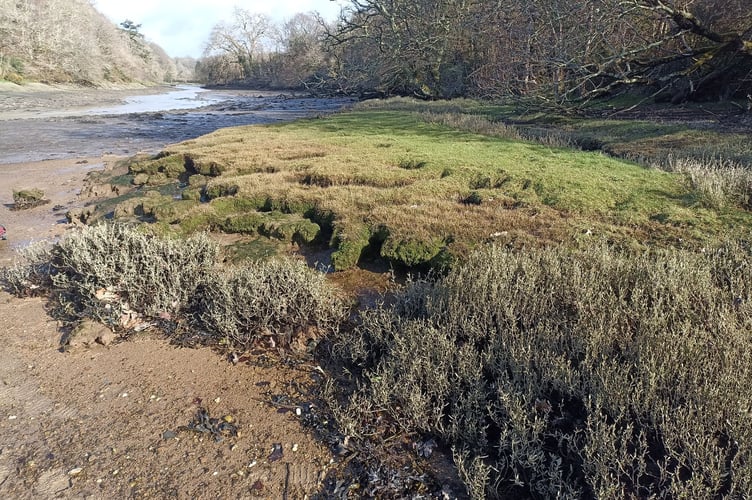
With our estuaries, it’s a lot about what we do and don’t see – we might see a lot of birds over the mudflats at low tide probing down with their specialist beaks that have evolved to seek out a particular prey. But we rarely see the often more numerous and more colourful fish that occupy the same space at high tide or the delight of worm, anemone and clam tentacles and tubes that protrude from the mud then too. Estuaries have a lot of lesser known treasures and values that hugely benefit the landscapes around them … and us. Hence the need to realise and understand some of this worth so that we can all play our part in their care and conservation.
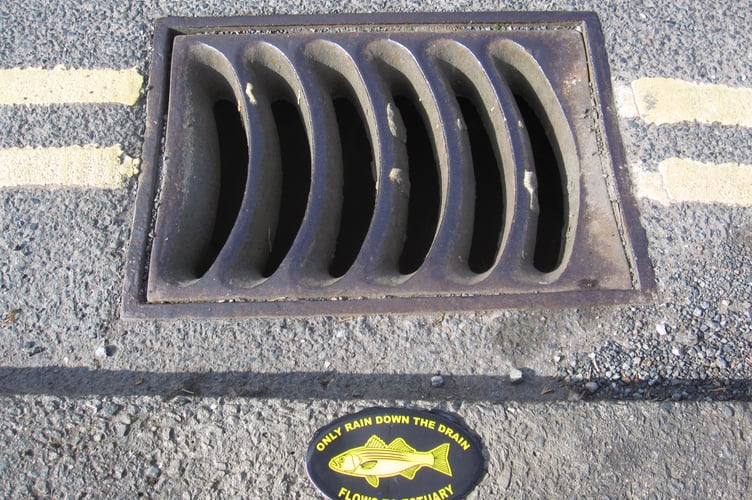
When it comes to areas of our estuaries where improvements can be made, I would suggest four broad areas; 1) water quality, 2) disturbance, 3) biosecurity, & 4) loss and development of the shoreline. And for most of these, it is the cumulative impact of the frequency of occurrence that amplifies the often quite small issues; and these are not just those issues from those of us lucky enough to live near an estuary but everyone that lives, works and plays within an estuary’s rainwater catchment area or indeed its local coast.
I am often asked what one big thing we could all do to improve things? Unfortunately or possibly fortunately, depending how you might look at it, there is no one big thing but a lot of really quite small things that added up, would make the real difference. And … mostly things that make a lot of sense when we think about them, and a few things that we’ve historically not realised the harm they do and we continue to do in best faith, blissfully ignorant of what we now know.
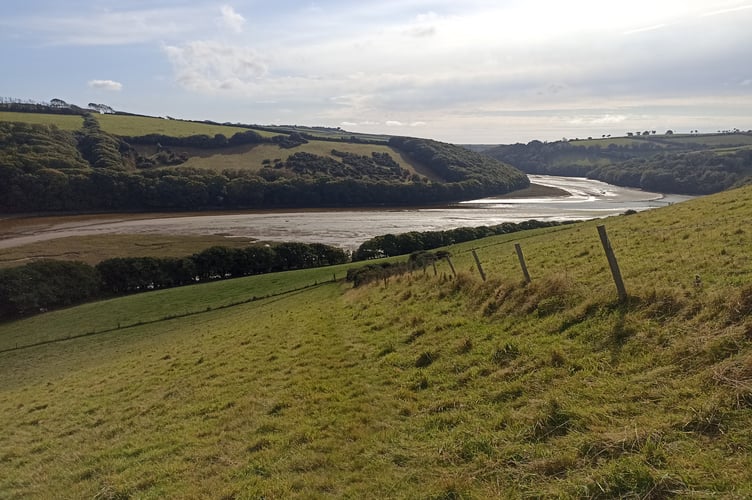
Disposing of litter responsibly – if you lose a bit in the wind, just go litter neutral and pick up someone else’s(ditto dog poo). Realising that most road drains link to the nearest natural water course … they should only ever drain rainwater. In South Devon’s soft water area, using the minimum amount of detergent – if using a block, try cutting them in half and keep the whole blocks for Christmas & Easter roasts. When using gardening chemicals, etc., read the packet and never overdose. Lucky enough to own a stream bank? - keep
it wild and don’t be tempted to ‘garden’ them. Always return unused/outdated medicines to the pharmacist and never put them down the sink or toilet – our wastewater treatment systems are not set up to treat them and some of our wildlife is absolutely suffering the consequence. Security lighting, when needed, should only light the property where needed and never over water where the animals use moonlight to time their own reproduction. Cigarette ends are very toxic to fish life, some spot-on dog flea treatments can be very toxic to water life and livestock, horses and ponies don’t need to get into watercourses to drink. And we must all take biosecurity seriously, particularly marine biosecurity – we don’t have the funding, technology or understanding to manage many invasive and non-native species, all we can do is to try to slow them down until we do – whatever you are doing, when moving between similar water bodies (streams, rivers, beaches, estuaries) Check, Clean and Dry ALL of your equipment.
Sorry, it’s not an exactly exciting list and it’s hardly exhaustive … I’m sure that we could think of many many more examples BUT, if we want to make a difference it’s worth a think, it’s worth some action … if this was money, it would be a case of looking after the pennies for the pounds to look after themselves … an investment that will give back with great interest!
Now? How to get all of that into our new Estuaries Management Plan in an engaging way … all local partnership offers gratefully received!

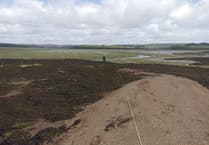
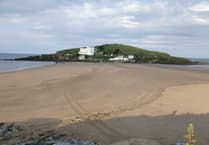
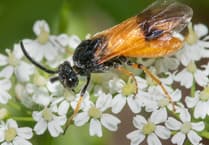
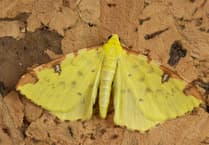
Comments
This article has no comments yet. Be the first to leave a comment.